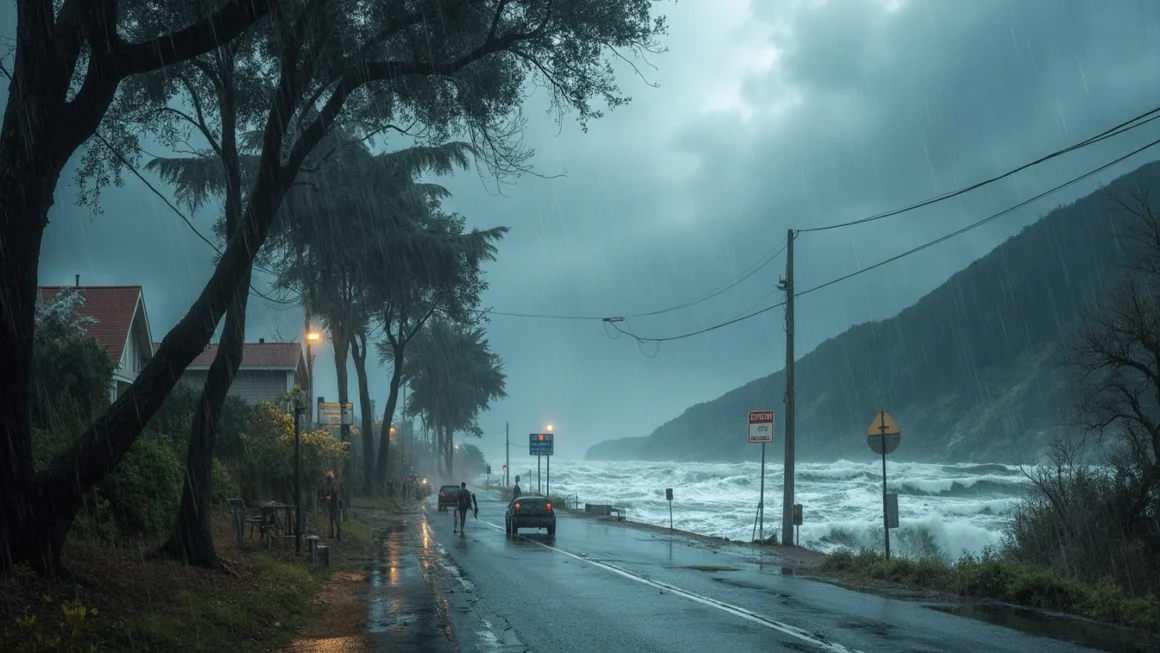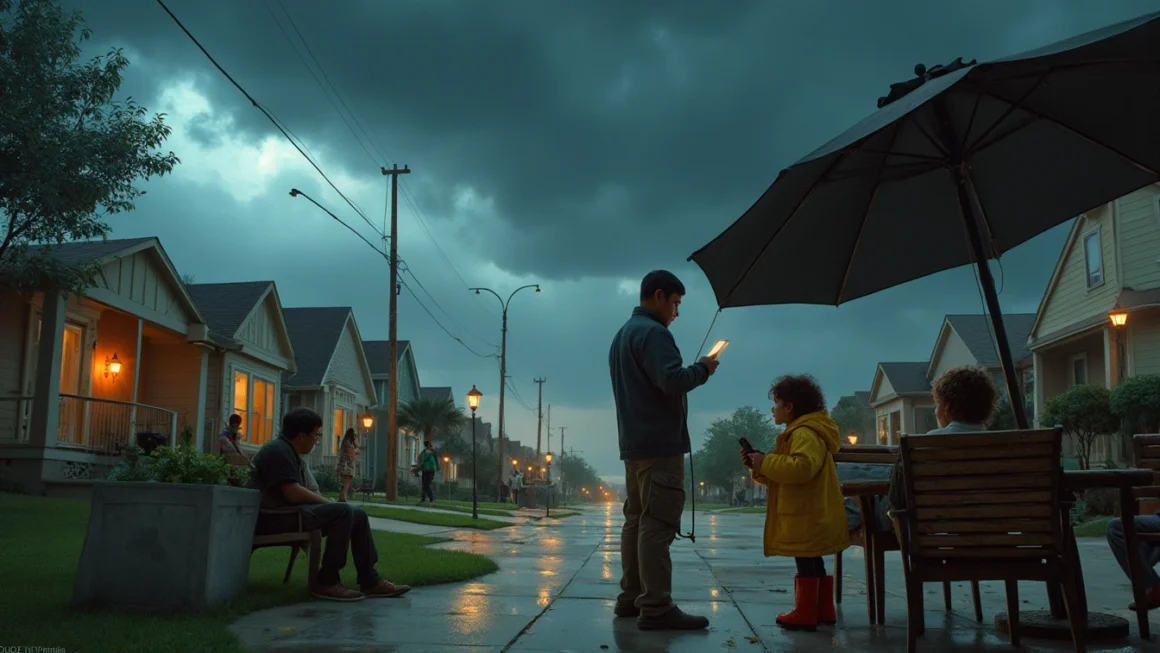Understanding Bomb Cyclones: A Meteorological Phenomenon Affecting the West Coast
Table of Contents
The West Coast has recently faced a significant meteorological event known as a bomb cyclone, which, when combined with an atmospheric river, brings about intense weather conditions. But what exactly is a bomb cyclone, and how does it impact the regions it hits? Let’s delve deeper into this fascinating weather occurrence.
What is a Bomb Cyclone?
A bomb cyclone is a rapidly intensifying low-pressure system. It undergoes a process called bombogenesis, where the pressure within the cyclone drops dramatically—by at least 24 millibars within 24 hours. This rapid drop in pressure results in severe storms that can cause high winds and heavy rainfall.
The Effects of Bomb Cyclones on the West Coast
High Winds and Heavy Rainfall
When a bomb cyclone hits the West Coast, residents can expect gale-force winds capable of uprooting trees and causing power outages. These cyclones often bring heavy rainfall, which can lead to flooding, especially in areas close to rivers and coastlines. The intense rainfall, coupled with melting snow, can exacerbate these flooding conditions.
Atmospheric River: A Companion Phenomenon
Frequently accompanying a bomb cyclone is an atmospheric river, a narrow corridor of concentrated moisture in the atmosphere. This stream of moisture can bring torrential rains over concentrated regions, leading to additional rainfall and flooding risks in areas already stressed by the cyclone.
Preparing for a Bomb Cyclone: Essential Tips
Preparation is key when it comes to mitigating the risks associated with bomb cyclones. Here are some tips for individuals and communities:
- Monitor Weather Alerts: Stay updated with the latest weather forecasts and alerts. This information is crucial for timely preparation.
- Secure Outdoor Items: High winds can turn outdoor furniture and other unsecured items into projectiles, causing damage and injury.
- Emergency Kit Preparation: Prepare an emergency kit that includes essentials such as food, water, medications, and flashlights.
- Flood Insurance Review: Because bomb cyclones can result in significant flooding, consider reviewing your flood insurance policy to ensure adequate coverage.
Community Response and Resilience
Community resilience plays a crucial role in effectively managing the impact of bomb cyclones. Coordination with local authorities for evacuation plans and emergency services can significantly reduce risks. Community programs aimed at educating the public about emergency preparedness are also vital.
Future Implications of Bomb Cyclones
With climate change, the frequency and intensity of bomb cyclones may increase, posing more significant challenges to affected regions. Understanding this trend and preparing for its implications is necessary for shaping future urban planning and disaster response strategies.
Conclusion
Bomb cyclones pose a significant threat to the West Coast, highlighting the importance of preparedness and community resilience. By understanding the nature of these cyclones and how to effectively respond to them, communities can better protect themselves and minimize potential damage. Furthermore, exploring automation solutions on platforms such as Make.com may assist in managing logistics and communications during such weather events.
As we anticipate future bomb cyclone occurrences, embracing a proactive approach will empower communities to tackle the challenges posed by these powerful storms.




